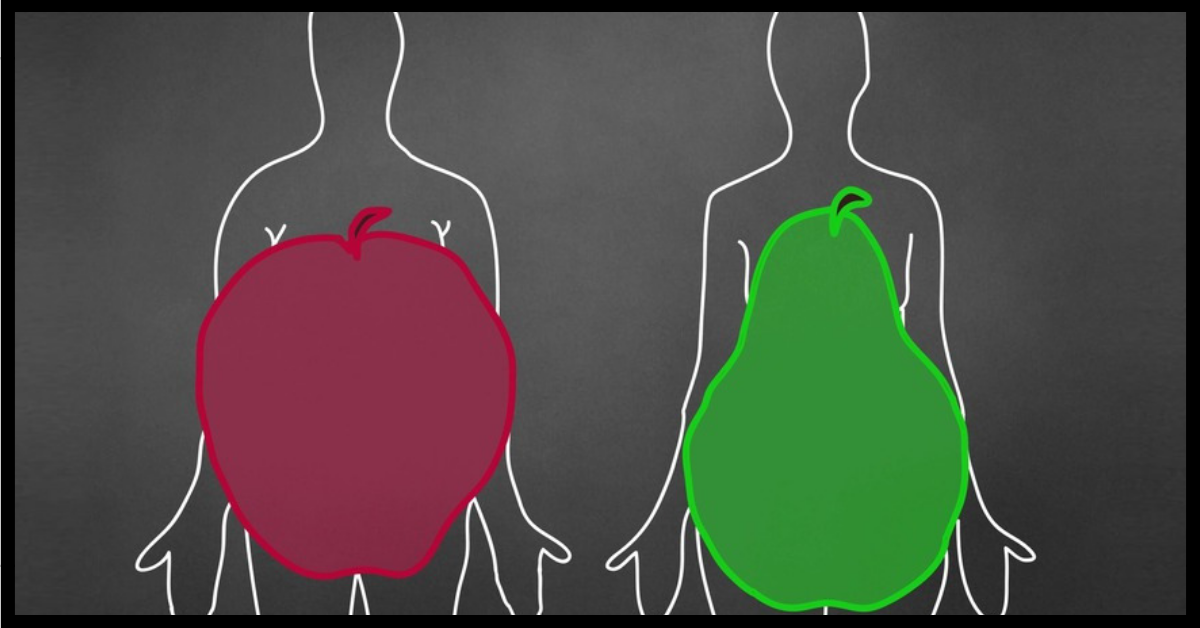
The Body Mass Index (BMI) has been popular since the 1970s as an easy way to assess a person’s body weight as it relates to their health. It is used widely as a predictor of obesity, as well as life expectancy.
BMI compares your weight to your height. To calculate your BMI divide your weight in kgs by your height in metres squared (or google BMI calculator to have it worked out for you!) Don’t get too caught up on the figure you arrive at though. Over the last 20 years or so, there’s been a growing body of research which shows the BMI is simply not the right measure to predict health.
What’s the problem with BMI?
According to the BMI scale, to be considered in the healthy weight range, a person needs to have a BMI of between 18 and 24.9.
There’s the first problem right there. That’s a pretty big range. For someone of my height, that means my healthy weight range is between 51 and 68.8 kg. I’ve always sat towards the top of the BMI healthy range (between 23.5 and 24), and I still do. I don’t think I could ever be healthy at 51 kgs – that would mean losing over 20% of my (already healthy according to the BMI) body weight. Likewise, I could carry around another 3-4 kgs of flab with me, and still be considered at a healthy weight. To accommodate variations in the way each of us are put together, the “healthy” range is so broad that it becomes if not meaningless, certainly not meaningful enough to be relied upon.
BMI can lull you into a false sense of security. Give you a sense of being more healthy than you are. For instance, my BMI is pretty much the same as it was in my glory days of 20 + years ago. But, I know 100% that I am carrying a lot more body fat than I used to. And a lot of that extra fat is sitting around my waist, a very unhealthy place for it to be. I’ve lost muscle bulk and most likely some bone density over the years, and replaced it with some extra insulation!
How can BMI be relied upon as a measure of healthy weight when it doesn’t take into account body composition, (nor age, gender or ethnicity)? Well… it can’t.
The formula for BMI was devised in the 1840s by a mathematician, not a physician or physiologist. It was popularised in the 1970s by physiologist Ancel Keys. Since then, it has been relied upon far too heavily as an indicator of obesity related health issues.
Another mathematician, Nick Trefethen from Oxford University’s Mathematical Institute puts it this way. ‘Because of that height2 term, the BMI divides the weight by too large a number for short people and too small a number for tall people. So short people are misled into thinking they are thinner than they are, and tall people are misled into thinking they are fatter than they are.’
Debunking the BMI
In 2017 physiologists from Leeds Beckett University conducted a study which measured BMI, waist circumference, waist/hip ratio and waist/height ratio as predictors of body fat, against actual body fat measures (as measured be a highly accurate total body scanner).
It found that BMI was not an accurate predictor of obesity when compared to the actual body fat measurements taken by the full body scanner. Waist/height ratio was the best indicator of both overall obesity and abdominal obesity. Waist circumference also had a reasonable accuracy when looking at abdominal fat, but the waist to hip ratio was the least accurate of the measurements tested, on both all over body fat and abdominal fat.
The study found that the cut off for predicting obesity in men was a ratio of 0.53 , and in women was 0.54. If the waist circumference of the subjects, divided by their height was greater than 0.53 (men) or 0.54 (women), they were highly likely to be obese, as measured by the total body scanner. A waist-height ratio of 0.59 in both genders was found to be predictive of abdominal obesity.
Fat around the abdomen is indicative of visceral fat – fat around your organs such as kidneys, pancreas, heart, which can lead to cardiovascular disease, some cancers, type II diabetes and insulin resistance. Waist/height ratio is a much better predictor of abdominal fat than is BMI
The work of Margaret Ashwell, from City University London, has shown that the healthy waist/height ratio could be as low as 0.50. Across several studies, she found that the risk of suffering from diabetes or cardiovascular disease rises with a weight to height ratio of over .50. Ashwell’s research has also shown that the weight-height measurement is better at measuring life expectancy than the BMI is.
How to Measure your Waist Circumference
- Measure over your bare skin
- You should measure at the half way point between the bottom of your bottom rib and the top of your hip bone.
- Make sure the tape measure is at the same level all the way around your waist – look in a mirror, or ask someone else to help
- Breath out normally
Measuring Your Height
I dare say you’ve got this covered, but do measure your height at the start of the day, before your intervertebral discs have had time to become squished by you being upright all day.
Measuring Up Without a Tape Measure
You don’t even need a tape measure to check if you have a healthy amount of body fat. All you need is a piece of string which is at least as long as you are tall. Measure your height against the piece of string, then fold the string in half and put it round your waist. If you can’t get both ends to meet, that means your waist circumference is more than half of your height, and you need to change your lifestyle.
Waist/Height Ratio Guide
| Children (up to 15) | Men | Women | Categorisation | Examples |
| <=0.34 | <=0.34 | <=0.34 | Extremely Slim | Marilyn Monroe (0.3359) |
| 0.46 to 0.51 | 0.43 to 0.52 | 0.42 to 0.48 | Healthy | Female College Swimmer (0.4240)
Male College Swimmer (0.4280) Body Builder (0.4580) |
| 0.52 to 0.63 | 0.53 to 0.57 | 0.49 to 0.53 | Overweight | Female at increased risk (0.4920)
Male at increased risk (0.5360) |
| 0.64 + | 0.58 to 0.62 | 0.54 to 0.57 | Very Overweight | |
| 0.63 => | 0.58 => | Morbidly Obese |
References
http://www.ox.ac.uk/news/science-blog/does-my-bmi-look-big
https://journals.plos.org/plosone/article?id=10.1371/journal.pone.0177175


